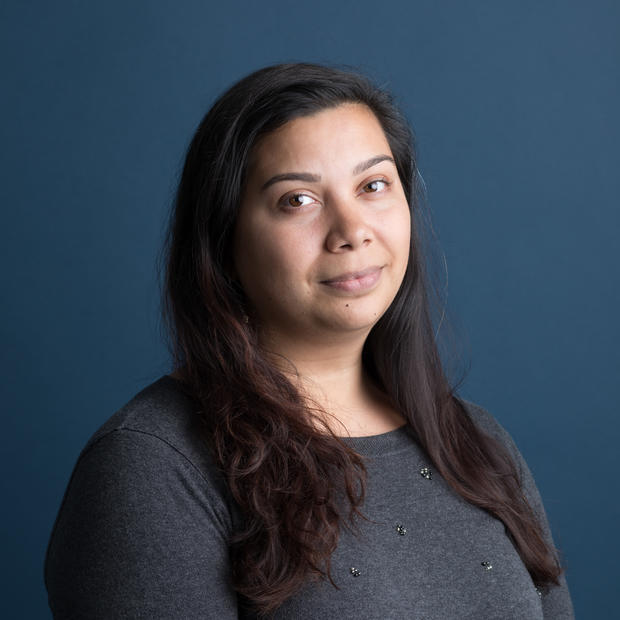"We have to write up plans for mitigation, exposure, controls, who will be safety captain," said Pastor Todd Strange, ticking off the measures the church must have in place for gatherings. "It's like the Army Corps of Engineers in here," he joked. But he said the efforts were all worth it to be able to safely "go back to some sense of normalcy."
After the Archdiocese of Seattle suspended all public masses on March 13, St. Joseph's began streaming masses and prayers throughout the day on Facebook Live. Initially the church, which serves an estimated 4,500 parishioners, was allowed to have only up to eight people gather indoors for mass. Then in late May, Gov. Jay Inslee released modified guidelines that allowed faith-based organizations to have outdoor gatherings of up to 100 people. Strange found himself preaching in the parking lot to parishioners seated in camp chairs, sometimes under looming threat of rain.
Now that King County is in Phase 2, they and other houses of worship can gather their flock indoors, up to the lesser of 200 people or 25% of capacity (for St. Joseph's, roughly 100 people). As long as distancing measures remain in place, said Strange, streaming will continue alongside the in-person gatherings.
"Some of us are not ready to come back," he acknowledged in a June 22 YouTube message to the parish.
In addition to the number cap and a pared-down schedule of masses, attendees are required to register online, allowing for easier contact tracing if an infection occurs. The church has also been encouraged to keep masses shorter, and no congregational singing is allowed. That's because research has shown that the respiratory aerosols generated in group singing can result in airborne transmission of the coronavirus.
The stakes are high: Churches have been identified as a prominent source of new outbreaks, with the New York Times estimating over 650 cases tied to churches and religious events since the start of the pandemic. The conditions — being indoors in a crowded, poorly ventilated space, for long periods of time — are favorable for transmission. The same challenges St. Joseph's faces are playing out at temples, mosques and churches of all denominations across the state.
Despite the potential risks, longtime St. Joseph’s parishioners like Diane Southworth said that being together physically makes a big difference for her church community, which she called "a second home." She has been coming in person when possible, and otherwise attending mass online.
"Our family sets up a little altar at our dining room table and we participate as if we're there ... stand, sit, kneel," she said. She was grateful for the online services, saying that "in some sense, it's easier to be connected with all these different offerings than pre-COVID."
But, she added, "I miss the people, and being here as a larger group."
Strange agreed, saying there was something special about having the community gather together, "as opposed to just satellite people." It's not just the social experience parishioners crave; being together physically is particularly meaningful for believers, he said.
"The intimacy and the physical contact, that tactile nature, that's very essential and integral to our Catholic faith," he said, pointing to rituals such as baptism, communion and the anointing of the sick — all of which have had to be altered under the current circumstances. With the experience of online services, he finds, a lot of that is lost in translation.
While remote services have helped bridge the gap for some church members, the digital divide is evident with elderly parishioners such as Joe Donaghue, 90, who's been coming to St. Joseph's for nearly four decades. Rather than participating in online mass, he has been attending in-person when possible, carefully.
"I am technically nonproficient," he explained. "I can't even find the ‘go’ button on some of your devices." He was happy to be at one of the first outdoor Sunday masses the church held in June.
Strange said that while he worries about the number of infections trending upwards, he hopes that with the proper measures, the church’s community can continue to gather in person. Though he is not opposed to streaming, he hopes people don't come to think of it as a replacement for gathering together.
"God can be experienced everywhere, including right [at home], even as we wear our bathrobes and slippers, sure," he said. But he feels there is something significant about having a communal experience in a sanctified space, "where we can gather as a body of believers, shoulder to shoulder, and come here to be with God."
Support for The New Normal is provided by Comcast. All news stories on Crosscut are controlled by our editorial team. Visit our about us page to learn more about Crosscut's editorial independence policy.



